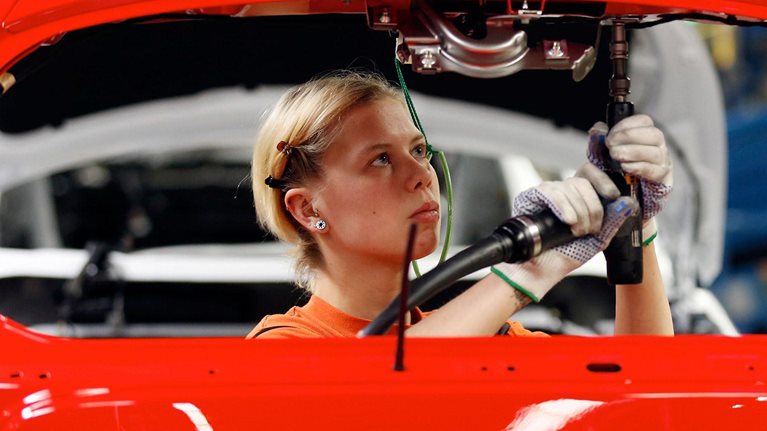In the economic history of humanity, urbanization has always been an accelerator of growth and development. The proximity of all the factors of production that occurs in the urban settings boosts efficiency because there are lower transaction costs; bigger, closer markets; and a natural tendency to form high-value areas of specialization. Indeed, it seems that no economy in the world to date has become prosperous without becoming urban.
We are, of course, in the midst of massive urbanization. Already 55 percent of the world’s population lives in cities and this figure is likely to reach 70 to 75 percent in the next 30 or 35 years. That presents a challenge: what kind of urbanization will nurture sustainable growth?
In my view, there are three areas that we need to address to ensure prosperous urbanization. First is the issue of adequate rules and regulations. Second is having a carefully thought-out urban design. And third is putting into place a financial plan that ensures adequate funding. When you analyze how cities create value and how economies of agglomeration or urbanization are created, it’s clear that you cannot succeed without addressing every one of these areas in parallel.
In the first instance, it’s evident that the cities that generate the most value are those with the strongest legal frameworks; that is, the ones that have clear, intelligent rules that are consistently enforced. A productive city is an outcome of the rule of law. Why? Because no one wants to invest in a place where their property could be seized or their rights abridged.
Just as important is the physical plan or design, an area that has been neglected since the Second World War. This lack of attention has resulted in a lot of cities, especially in the emerging world, that are congested, polluted, and just not very pleasant. And that undermines the urban economy because people are less willing to invest in them. It’s especially important to address design early on because if you don’t, it is very difficult to do so once the city is established. Social and political issues emerge and it becomes a very complex and expensive process.
Finally, a financial plan must also be put into place from the start. Urbanization generates a lot of value and, if managed well, should finance itself. But that only happens if you have a very rigorous plan. You need a plan for expenditures and maintenance and a plan for income. Urbanization must be supported by policy at the national level that leaves enough revenue with the city to sustain itself rather than siphoning it all off for other purposes.
If all three of these issues are addressed, urbanization can begin to produce financial outcomes immediately. Initially, the construction phase becomes a source of employment. Later, the economies of agglomeration kick in and there’s a continuous process of increased productivity.
I am optimistic. We are still in the middle of the process. We can still address the future of urbanization in a way that can guarantee a better future for all.


